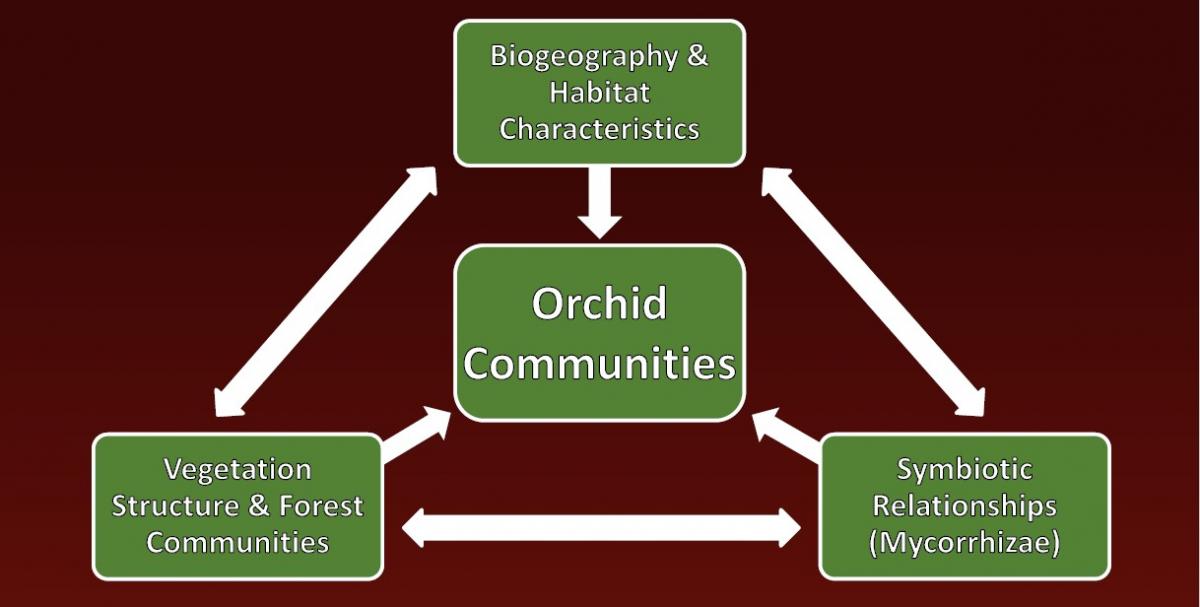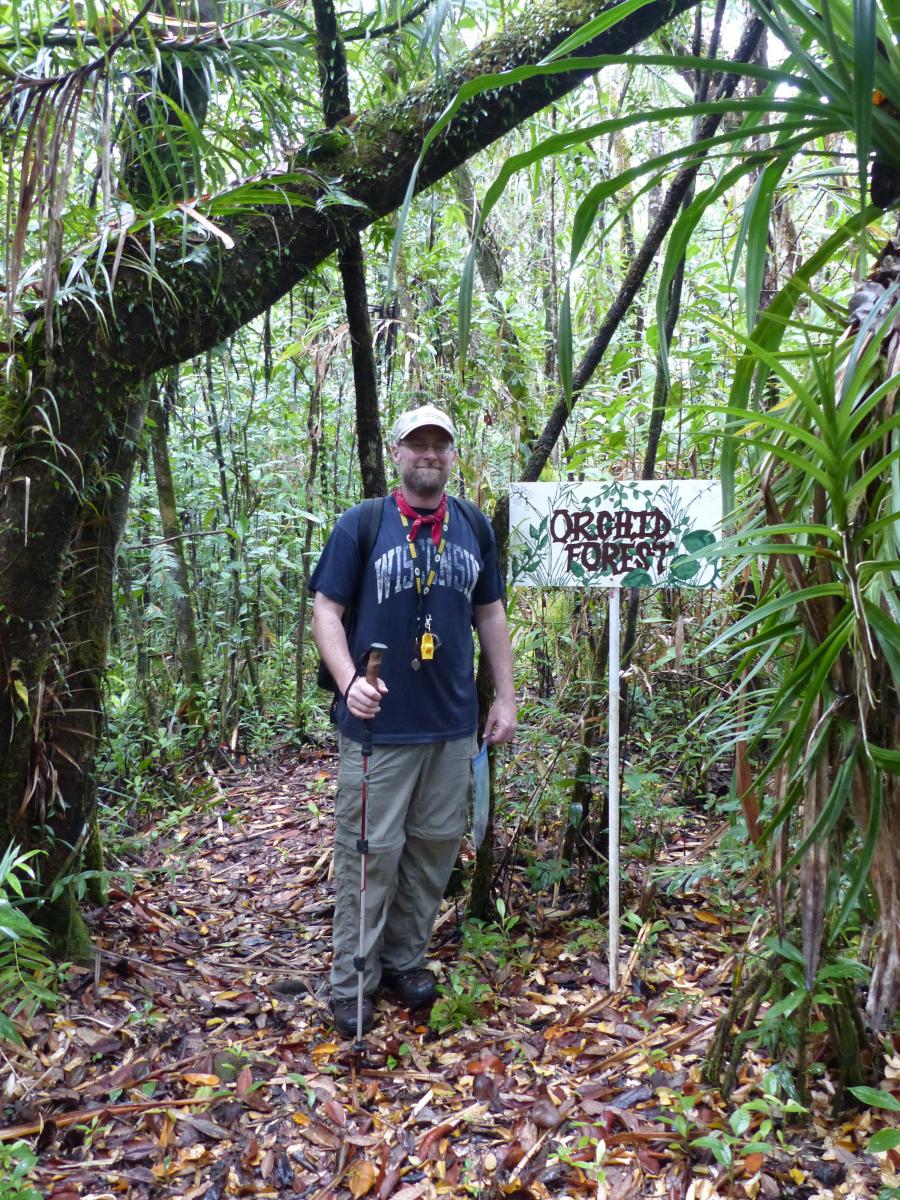Research ProjectPalau Orchid Conservation
The Palau Orchid Conservation Initiative
Affiliated Labs
Project Goal
The flora of Palau is a major component of the Micronesian Global Biodiversity Hotspot yet we know little about its many orchid species. The goal of the Palau Orchid Conservation Initiative is to determine how ecological variables influence orchid diversity and distribution to develop effective conservation strategies.
Description

The structure of orchid communities in Palau and how their diversity and distributions are influenced by broad habitat characteristics, local vegetation attributes, and symbiotic relationships such as mycorrhizal associations is largely unknown. Accordingly, the Smithsonian’s North American Orchid Conservation Center (NAOCC) has partnered with interdisciplinary research groups to better understand the ecology of orchid communities in Palau to improve conservation strategies. A primary objective of the project is to quantify the diversity of orchids in Palau and characterize their distributions in order to explore biogeographical questions related to insular orchid communities. An added objective is to determine how forest community types and vegetation structure influence orchid diversity and distributions to elucidate the ecological underpinnings of orchid communities. Because orchids require mycorrhizal associations, a final objective is to ascertain what mycorrhizal fungi are available and used by orchids in Palau to advance our knowledge of the role of symbioses in orchid diversity and distributions while also improving the potential for orchid community restoration.

Through the Palau Orchid Conservation Initiative, we have found that Palau is disproportionately rich for its overall size and its orchid flora includes more species than previously known. Numerous ecological factors, including large-scale habitat characteristics and specific vegetation attributes, heavily influence orchid communities and their distributions. Furthermore, orchids of Palau form partnerships with unique fungal symbionts, which can vary among habitats, and symbiotic specialization appears to influence orchid distribution and abundance. Collectively, our findings are expanding our understanding of orchid ecology and bolstering appreciation for orchids and their habitats, thereby furthering our ability to protect tropical island orchid communities and sustain a biodiverse planet.









